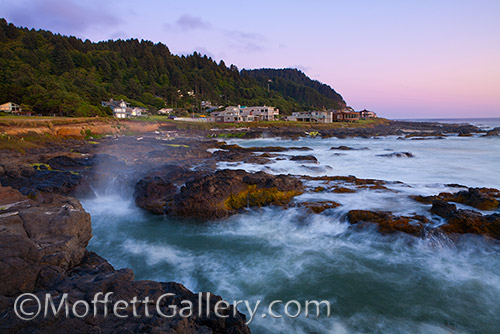Photography means writing or drawing with light. Knowing this, it would then make sense that the better the light, the better the photograph. As simple as this concept may seem, it is sometimes hard to get students to understand it. So often I hear students in the process of researching other photographers work question why their own images don’t look more like the professionals. More often than not it comes down to light. You may be in a great location and have a great composition, but without great light you’ll end up with a mediocre photograph.
As the sun moves across the sky the color and quality of light that reaches the surface of the earth changes. The warm, soft light at sunrise turns to a cool and harsh light with deep shadows by mid-morning on a cloud-free summer day. By late evening the warm, soft light with rich, open shadows returns and slowly change to a soft cooler light after the sun sets. Coming to know these changes and learning to recognize what light quality will produce the mood and feeling that you want to elicit in your finished photograph are key to creating powerful images. For landscape photography, more often than not the early morning or late evening will produce the most desirable result.
There is one time of day that is often forgotten when it comes to making photographs; after the sun has set. I will often arrive at a location and watch as others are packing up and leaving and I am just getting started. A tripod is a must for making photos after sunset, but the mood and feeling rendered can be quite unlike anything that can be captured during the day. I will work many times until it is too dark to focus the camera.
The image above was taken just after sunset. You can see the warm pastel colors on the horizon, shifting to cooler tones in the upper sky. The warm light still on the horizon skims across the surface and illuminates the west face of the rocks and the buildings, while the cooler light from above illuminates the shadows and reflect off of the water. These subtle shifts in hue are what create some of the drama and interest in this image. Being patient and waiting for the right moment to press the shutter is much of what photography is about. Ansel Adams said, “Sometimes I do get to places just when God’s ready to have somebody click the shutter.” I believe that Ansel Adams had a very good understanding of light and placed himself at the right places and at the right times to take advantage of the beauty that God put in front of his lens.



Recent Comments